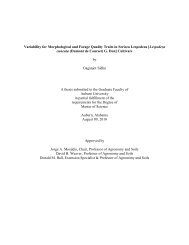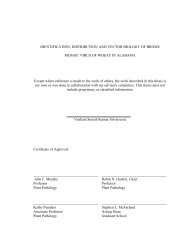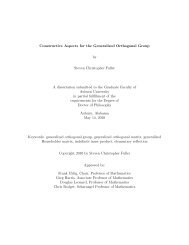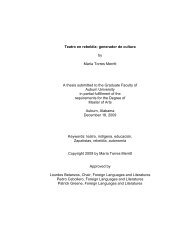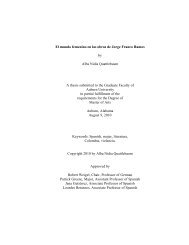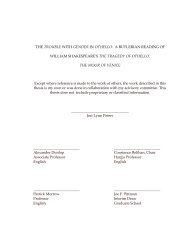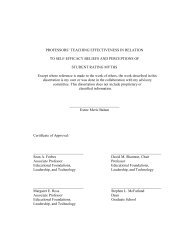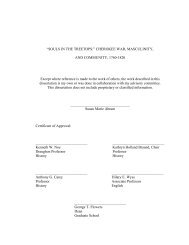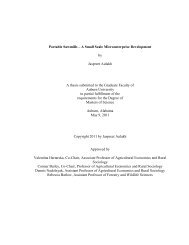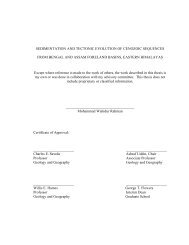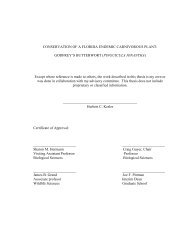Enhanced Polymer Passivation Layer for Wafer Level Chip Scale ...
Enhanced Polymer Passivation Layer for Wafer Level Chip Scale ...
Enhanced Polymer Passivation Layer for Wafer Level Chip Scale ...
You also want an ePaper? Increase the reach of your titles
YUMPU automatically turns print PDFs into web optimized ePapers that Google loves.
In the field of microelectronic packaging, solder joint reliability is increasingly becoming<br />
the main concern with the extremely small electronic package sizes and large numbers of<br />
connections. Accelerated temperature cycling is one of the commonly used methods as part of<br />
the package qualification process. Due to the temperature fluctuations caused by environmental<br />
changes or power dissipation, the thermal expansion mismatch between different package<br />
materials can result in the temperature and time dependent creep de<strong>for</strong>mation of solder, which<br />
will accumulate damage in the solder joint failure along fatigue from the repeated cycling.<br />
Per<strong>for</strong>ming the experimental reliability tests is one of the methods to aid in design and to develop<br />
a deeper understanding of the failure mechanism, however it is usually costly and time<br />
consuming. In order to maximize the reliability per<strong>for</strong>mance, minimize the development costs,<br />
and also predict the fatigue life time of a solder joint, advanced analysis is a necessity during<br />
the design and development phase of a microelectronic package [80-81]. A validated finite<br />
element model is there<strong>for</strong>e becoming a powerful tool to help better analyze the various effects,<br />
and a more practical route <strong>for</strong> obtaining strain-stress relationships and their local distributions<br />
within the package. There are various steps involved in the finite element method [82]:<br />
1. Specify the geometry of the structure that is to be analyzed.<br />
2. Define the element type and material properties such as Young's modulus, the Poisson's<br />
ratio, CTE, and viscoplasticity.<br />
3. Mesh/divide the structure into small elements.<br />
4. Specify and apply boundary conditions and external loads<br />
5. Generate a solution based on the previously input parameters.<br />
6. Refine the mesh to achieve more accurate results.<br />
7. Interpret the simulation results.<br />
94





